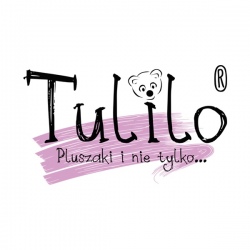Poland Exports More Than Just Beef and Pork
Poland is one of the major exporters of various types of meat to foreign markets. In recent decades, the meat sector has developed dynamically, allowing Polish producers to establish a strong position in international markets. Key importance lies with pork and beef. These products find buyers in many countries worldwide due to the high quality of Polish meat, competitive prices, and an efficient logistics and distribution system.
Of course, pork exports constitute a significant part of Poland's foreign trade in the meat sector. Poland ranks among the top European exporters of pork. In 2023, the value of pork exports exceeded 1.2 billion euros, representing a 15% increase compared to the previous year. The main recipients of Polish pork are EU countries, including Germany, Italy, Czechia, France, and Hungary. Germany, as the largest trading partner, imports a significant amount of fresh and frozen meat, which is used in its processing industry.
Polish pork is also gaining recognition outside Europe. The key Asian markets include Japan, South Korea, and China, where demand for pork products continues to grow. In China, Polish pork is valued for its quality and compliance with veterinary standards, opening opportunities for long-term trade contracts. These markets are particularly interested in fattier cuts of meat and offal, which are less popular in Europe. Exports to the United States and Canada are also gaining significance, with consumers there appreciating Polish products for their high quality and competitive prices.
A key element in the success of pork exports is investment in modern production and processing technologies. Thanks to strict sanitary and veterinary standards, Polish meat meets the requirements of even the most demanding markets. Polish pork producers also offer flexibility in adapting their products to customer needs, enabling the building of lasting trade relationships.
Beef exports are another important pillar of Poland's meat sector. Polish beef is valued for its quality, stemming from traditional cattle breeding methods and adherence to high production standards. In 2023, the value of beef exports exceeded 1.7 billion euros, accounting for over 20% of the total value of Polish meat exports. The main export markets are Western European countries such as Italy, France, Germany, Spain, and the Netherlands. The Italian market plays a particularly important role, where Polish beef is used to produce high-quality culinary products.
Poland's beef exports are also expanding to non-European markets. The Middle East, including the United Arab Emirates and Qatar, is one of the fast-growing destinations, where Polish beef is appreciated for its compliance with halal standards. Asian countries such as Japan, South Korea, and China show increasing interest in Polish beef, especially in the premium segment. Additionally, Israel, due to meeting specific cultural requirements, is a significant buyer of Polish beef.
A notable role in Poland's meat sector is also played by lamb exports, although on a smaller scale than pork and beef. Polish lamb is mainly shipped to Western European countries, such as Italy, France, and Germany. The high quality of Polish lamb, based on traditional sheep farming methods, is valued by consumers in these regions. Particularly in France, lamb is used in holiday dishes and traditional meals. There is also growing interest in Polish lamb in the Middle East markets, where compliance with halal requirements is a crucial factor in trade. As a result, lamb exports to these regions are showing an upward trend.
Horse meat exports from Poland are niche and mainly targeted at markets such as Italy, Belgium, and the Netherlands. In 2023, Poland was one of the leading horse meat exporters in Europe, thanks to a long tradition of producing this meat and maintaining high processing standards. Consumers in Western Europe appreciate Polish horse meat for its delicate taste and suitable meat texture, making it a popular ingredient in various local dishes. Horse meat exports also have potential for growth in Asian markets, where this type of meat is increasingly valued.
Game meat exports represent a unique segment of Poland's meat industry. Poland, with its rich forests and hunting traditions, is one of the largest game meat exporters in Europe. Meat such as venison, wild boar, and deer is primarily exported to Germany, Austria, and Scandinavian countries, where it is valued for its natural flavor and high quality. Game meat from Poland is also popular in the gastronomy sector, especially in premium restaurants. With increasing environmental awareness, game meat exports are gaining importance as a healthy and natural product.
Veal exports from Poland focus on Western European markets, where this type of meat is highly popular in local cuisine. The main export destinations for Polish veal are France, Italy, and Spain. Polish veal is appreciated for its delicate flavor and high quality, resulting from traditional calf-rearing methods. Veal exports are also growing towards Middle Eastern countries, where this type of meat is gaining popularity as an ingredient in fusion cuisine.
One of the significant segments in Poland's meat exports is offal exports, which are very popular in countries such as China, Vietnam, the Philippines, and South Africa. Many of these countries consider offal a vital element of their national cuisines. Poland exports various types of offal, including livers, hearts, stomachs, and kidneys. These products are sent to markets where the demand for such items exceeds local production capacities, enabling Poland to compete effectively in terms of price and quality. The increasing role of offal exports in Poland's meat trade, including liver exports, stomach exports, and kidney exports, demonstrates the growing interest in these products in gastronomy and processing industries outside the European Union.
Within Poland's meat exports, lamb exports also play a role, although on a smaller scale compared to pork and beef. Polish lamb primarily reaches Western European markets, where it is valued for its delicate taste and quality. Italy and France are the two leading countries importing lamb from Poland, stemming from their culinary traditions. In recent years, interest in Polish lamb has been growing in Middle Eastern markets, where this meat is a key component of many traditional dishes.
The export markets for Polish meat are highly diversified. The European Union remains the primary destination due to geographic proximity, shared trade policies, and the high demand for Polish meat. Germany, France, Italy, and Spain are the most important receiving countries in Europe, valuing Polish meat for its quality, competitive prices, and diverse offering. Additionally, thanks to regulation harmonization within the EU, exports to these countries proceed smoothly, fostering trade development.
However, non-European markets are also gaining significance. Asia, including China, Japan, South Korea, and Vietnam, offers enormous growth potential. The high demand for meat, offal, and especially pork and beef, stems from the growing middle class and changing dietary habits in these countries. Polish companies adapt their products to the specific requirements of these markets, such as halal certification in Muslim countries or specific veterinary standards in Japan.
The Middle East is another key region where Polish meat exports, especially beef, lamb, and mutton exports, are gaining importance. Consumers in this region value Polish meat for its compliance with halal standards and high quality. United Arab Emirates, Saudi Arabia, Qatar, and Kuwait are the main countries importing Polish meat products. Cooperation with these markets requires not only high-quality meat but also appropriate logistical approaches, including maintaining product freshness during transport.
North America, particularly the United States and Canada, represents emerging export destinations where Polish meat, especially beef and game meat, is becoming increasingly popular. Consumers in these markets appreciate Polish products for their natural origins and traditional production methods. Exports to these markets are supported by Polish companies participating in international trade fairs and conducting online promotional campaigns.
Africa and South America are also promising markets, especially for the export of offal and other products less popular in Europe. Poland leverages its price advantage and ability to tailor offerings to local consumer preferences in these regions.
The key challenge in meat exports lies in meeting the diverse standards and quality requirements of individual markets. Poland's meat industry continually invests in modern technologies, innovative packaging methods, and transport solutions, ensuring the highest standards of food safety. Support from government institutions and EU export promotion programs further strengthens the position of Polish meat on the international stage.
The future of Polish meat exports looks promising. Sustainable production, investment in innovation, and promotional efforts for Polish products in foreign markets enable the building of long-term trade relationships with partners worldwide. These efforts help Poland solidify its position among the leading suppliers of meat products, not only in Europe but also globally.

 pl
pl  en
en  de
de  es
es  fr
fr  it
it  pt
pt  ru
ru  sv
sv 


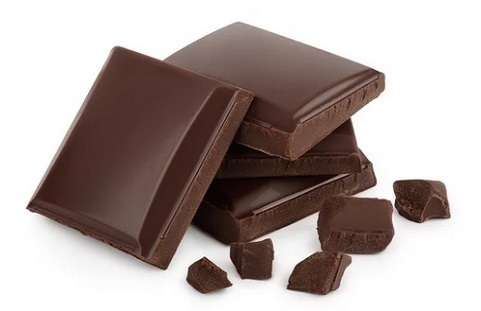








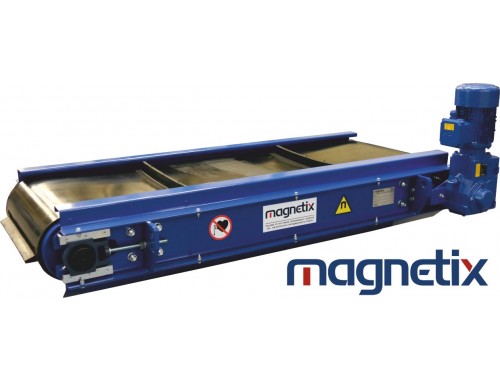
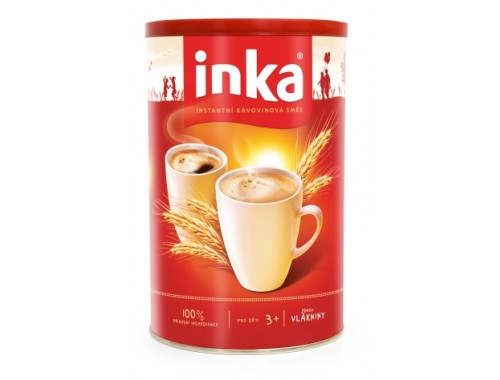
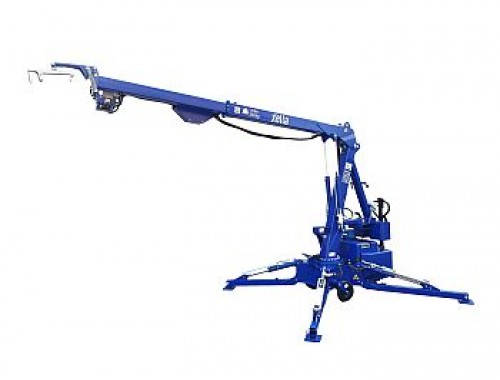

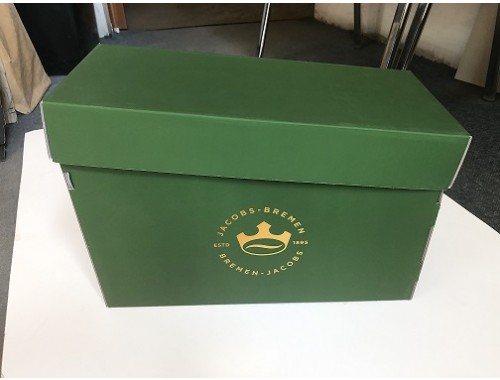



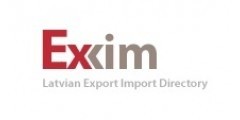

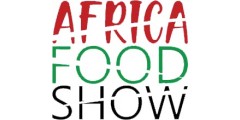

.jpg)

